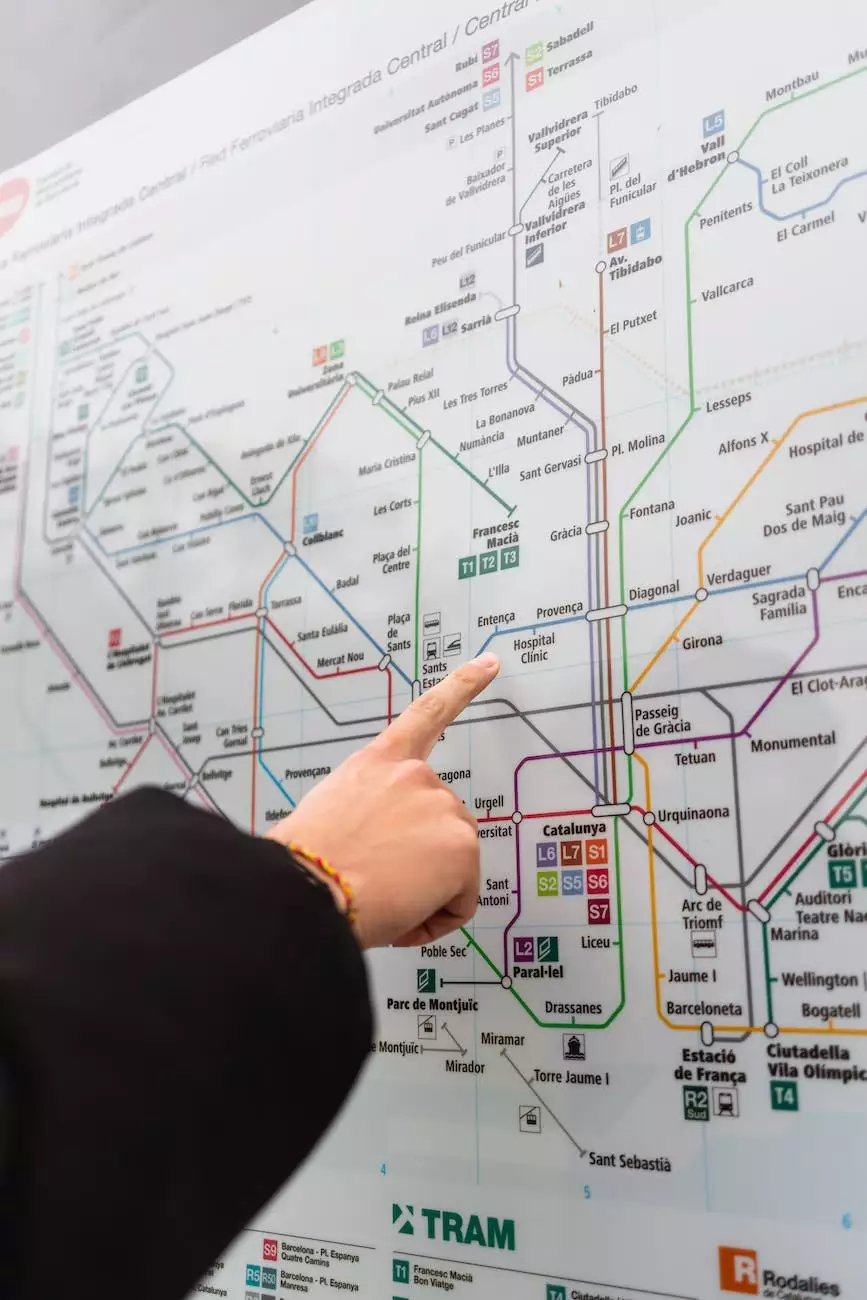Tales from the Past – The 1972 New York City Subway Map

The Artistic Journey of the 1972 New York City Subway Map
The 1972 New York City subway map stands as a testament to the rich history and artistic legacy of one of the world's most iconic transportation systems. This remarkable piece of cartographic artistry offers a captivating glimpse into the past, all while showcasing the enduring beauty and ingenuity of its design.
The Map's Origins and Purpose
In the early 1970s, the New York City Transit Authority commissioned the creation of a new subway map to guide millions of commuters and visitors navigating the city's vast underground labyrinth. Renowned graphic designer Massimo Vignelli took on this monumental task, transforming the traditional geographic representation into a visually stunning and simplified masterpiece.
Unveiling the Subway's Hidden Gems
With an unwavering commitment to both form and function, Vignelli's innovative approach challenged conventional mapping techniques. The 1972 subway map discarded geographical accuracy in favor of a diagrammatic interpretation, simplifying the tangled web of subway lines into a clean, intuitive visual guide. This design freed commuters from the constraints of precise scale and orientation, empowering them to better understand the intricate subway network.
The Power of Color and Symbolism
Vignelli's use of bold, vibrant colors on the 1972 subway map not only served as eye-catching visual aids but also imbued each line with its unique character. From the fiery red of the 1 train to the tranquil blue of the A train, these colors became synonymous with the identities of their respective routes, leaving a lasting impression on commuters.
Iconic Design Choices
One of the most remarkable features of the 1972 subway map is its deliberate exclusion of topographic information. By eliminating unnecessary visual clutter, Vignelli's map allowed commuters to focus solely on the subway lines, stations, and connections. This intentional simplification transformed the map into a captivating work of art while retaining its fundamental purpose as a navigational tool.
The Cultural Legacy of the 1972 Subway Map
A Symbol of New York City
The 1972 subway map has become an iconic symbol of New York City, transcending its original purpose as a logistical aid. Its timeless design has transcended generations, captivating the hearts and minds of both locals and visitors alike. The map has become a beloved cultural artifact that reflects the city's spirit of innovation and creativity.
Inspiring Adaptations
Decades after its introduction, the influence of the 1972 subway map can still be seen in various adaptations and reinterpretations. From fashion to décor, its distinctive color palette and graphic elements continue to inspire countless artistic endeavors, paying homage to the map's enduring relevance in popular culture.
Drawings from the Past
One of the most fascinating aspects of the 1972 subway map is its ability to transport us back in time. As we examine its intricate details and trace the evolution of New York City's subway system, we are drawn into the stories and memories of those who relied on this map during a bygone era. The map serves as a tangible reminder of the city's past and the progress it has made.
A Nostalgic Journey
Whether you are a native New Yorker or a curious traveler, exploring the 1972 subway map provides a nostalgic journey through the city's history. It invites us to reflect on the changing landscape, reminisce about past adventures, and marvel at the enduring legacy of this iconic representation of New York City's subway system.
Unlocking the Secrets of the 1972 Subway Map
Hidden Symbols and Visual Cues
Upon closer examination, the 1972 subway map reveals a myriad of hidden symbols and visual cues that offer deeper insights and connections. From subtle shapes embedded within station markers to strategic color choices, each detail serves a purpose, contributing to the overall functionality and aesthetic appeal of the map.
Discovering the Stories
Behind every curve and line on the 1972 subway map lies a story waiting to be discovered. Delve into the city's past as you uncover the historical significance of each station, marvel at architectural masterpieces, and learn about the neighborhoods that have shaped the identity of New York City.
Exploring Neighborhoods
Embark on a virtual journey through the neighborhoods of New York City as you follow the subway map's intricate network of lines. From the bustling streets of Manhattan to the vibrant cultural hubs of Brooklyn and Queens, experience the unique character and charm of each borough, all while uncovering hidden gems known only to those who venture off the beaten path.
Fascinating Anecdotes and Facts
No exploration of the 1972 subway map would be complete without an assortment of fascinating anecdotes and facts. Discover the origins of station names, uncover quirky historical tidbits, and gain a newfound appreciation for the people and stories that have shaped New York City's subway system into the iconic institution it is today.
Preserving the Legacy
A Treasure Worth Preserving
The 1972 subway map is more than just a piece of cartography; it encapsulates the spirit of an era long gone. As we look towards the future, it is crucial to recognize the importance of preserving this invaluable piece of New York City's cultural and artistic legacy. Through initiatives that promote its conservation and celebration, we ensure that future generations can appreciate the significance and beauty of this iconic map.
Revisiting History
By preserving the 1972 subway map, we provide future historians and enthusiasts with a window into the past. As technology advances and the city's subway system continues to evolve, this map serves as a touchstone, allowing us to revisit a significant moment in New York City's history and reflect on the impact of its design and functionality.
Engaging the Community
Engaging the community in the preservation and celebration of the 1972 subway map invites collaboration and a shared sense of ownership. Through educational programs, exhibitions, and digital resources, we can ensure that its legacy remains alive and accessible for all to enjoy.
A Timeless Work of Art
The 1972 New York City subway map transcends time, serving as a testament to both the artistic brilliance of its creator, Massimo Vignelli, and the enduring impact of great design. As we navigate the ever-changing urban landscape of New York City, let us take a moment to appreciate the beauty and lasting significance of this remarkable piece of cartographic history.




